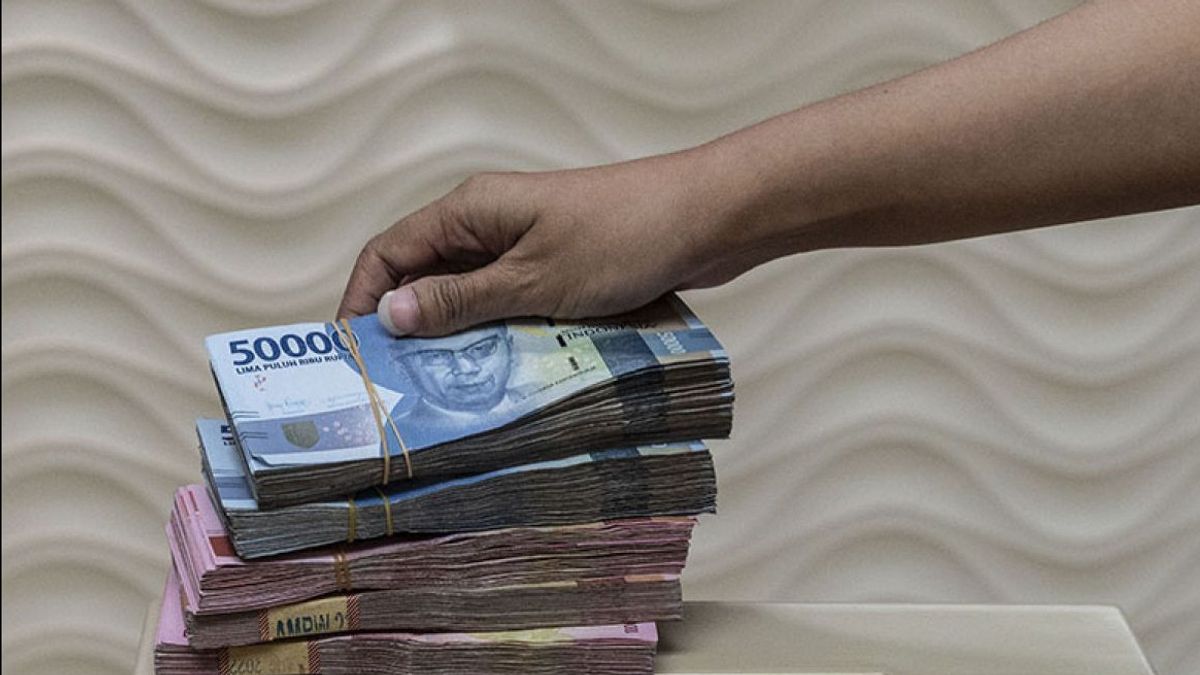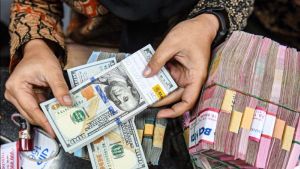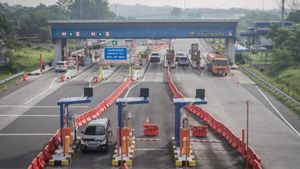JAKARTA - The Financial Services Authority (OJK) published the Indonesia Banking Surveillance Report (LSPI) in the third quarter of 2023. The report stated that credit growth (public bank) was still quite good, namely 8.96 percent (yoy) although it slowed down from the same period the previous year at around 11 percent (yoy).
OJK Banking Supervision Chief Executive Dian Ediana Rae said the credit growth was also driven by improving business activities and increasing the level of consumer confidence.
In addition, Third Party Funds (DPK) are also still growing at 6.54 percent (yoy) or slightly slower than the previous year of 6.77 percent (yoy).
"The slowdown in the DPK was influenced, among other things, by the high growth of the DPK during the pandemic, which was due to limited public consumption," he explained in his official statement, Thursday, December 28.
Dian gave an example, such as reduced spending for clothing, transportation, and tourism needs, the high surplus in several corporate companies (high base effect of DPK in 2022).
In addition, increased public consumption along with the adjustment of the pandemic status to endemic, the flow of non-resident funds outwards in line with the high global interest rate, as well as the impact of alternative instruments for placing funds other than the increasingly attractive DPK.
According to Dian, the slowdown in DPK and Credit was also due to the action of some corporations who carried out self-financing by using a cash flow surplus in banks to finance operational spending needs.
This is in line with the slowdown in working capital credit (KMK) growth compared to last year.
In this situation, the liquidity condition of commercial banks is still quite adequate as reflected in the ratio of AL/NCD and AL/DPK of 115.37 percent and 25.83 percent, respectively, still far above the threshold.
Meanwhile, the capital level is also quite solid with CAR at 27.33 percent, which is mainly supported by improvements in the level of reliability (ROA), which is partly due to improving banking efficiency levels.
Dian said the credit risk was also observed to improve with the ratio of gross NPL and net NPL which decreased and was relatively stable to 2.43 percent and 0.77 percent, respectively.
In line with the performance of commercial banks, Dian explained that the performance of BPR and BPRS is also quite good with credit/financing and DPK still growing high despite slowing down compared to the previous year, especially in BPRS.
"The capital ratio is also quite strong with CAR BPR and BPRS of 30.94 percent and 28.12 percent, respectively," he said.
SEE ALSO:
Dian conveyed that in the future, it is still necessary to pay attention to banking risks, especially market risk and its impact on liquidity risk, as well as the potential increase in credit risk in line with the increase in funding costs which can have an impact on reducing customer purchasing power.
For this reason, banks are encouraged to increase their resilience through strengthening capital and maintaining adequate coverage of CKPN, as well as routinely doing stress tests to measure their capital skills in absorbing potential risks, especially related to reducing the quality of restructuring loans.
"OJK also asks banks to continue to pay attention to the prudential banking aspect, professionalism, innovation, and always maintain integrity to achieve high and healthy growth," he concluded.
The English, Chinese, Japanese, Arabic, and French versions are automatically generated by the AI. So there may still be inaccuracies in translating, please always see Indonesian as our main language. (system supported by DigitalSiber.id)
















